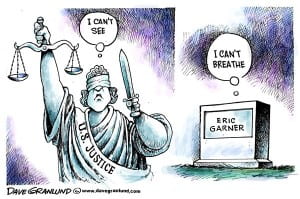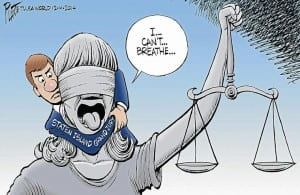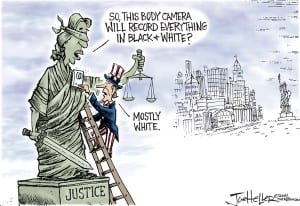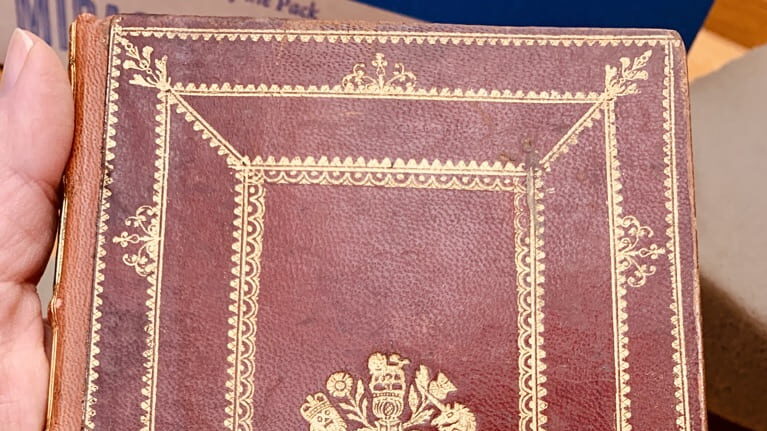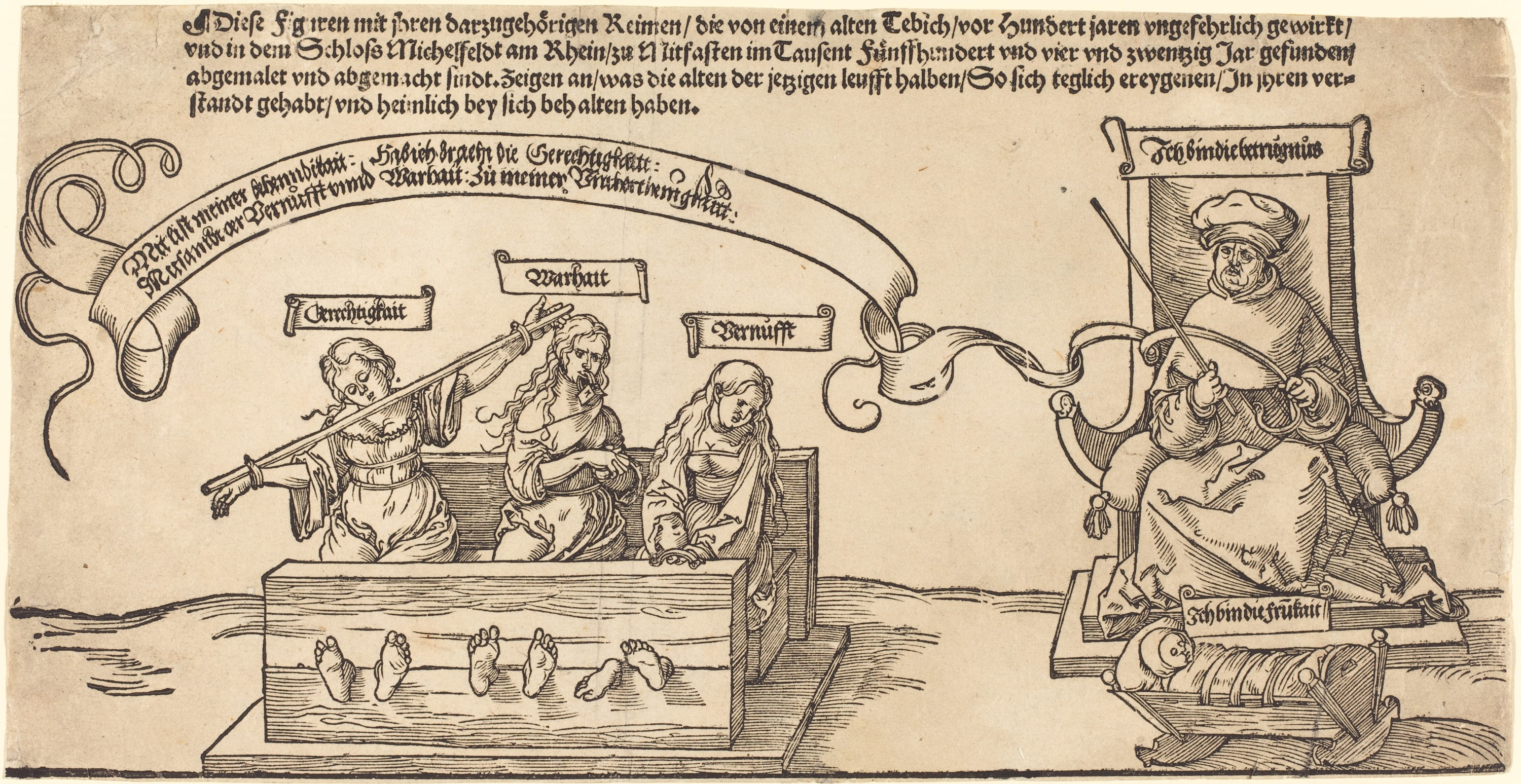Justice images I photographed this morning (December 1) as U.S. House of Represenatatives are moving into their new offices:






Pieter Bruegel the Elder, Justice, c. 1559

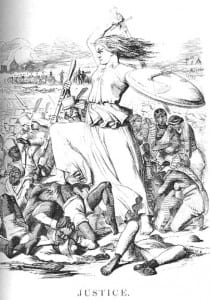
1857 Indian Mutiny (Sepoy Rebellion)


Czech Supreme Court Justice
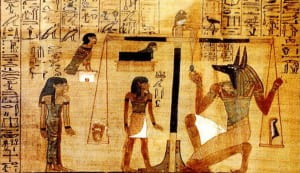
Ma’at, The Book of the Dead, c. 1550 BCE
Raphael, Justice, 1510
Raymond Kaskey, “Justice Delayed, Justice Denied,” 1993-1995
Albrecht Durer, Michelfeldt Tapestry, “Justice, Truth, and Reason in Stocks, ” c. 1521-1526
Thomas Hobbes, Leviathan, 1651
Dublin Castle Justice, 1761
George Herbert, “Justice (II)” 1633
O Dreadfull Justice, what a fright and terrour Wast thou of old, When sinne and errour Did show and shape thy looks to me, And through their glasse discolour thee! He that did but look up, was proud and bold. The dishes of thy ballance seem’d to gape, Like two great pits; The beam and scape Did like some torturing engine show; Thy hand above did burn and glow, Danting the stoutest hearts, the proudest wits. But now that Christs pure vail presents the sight, I see no fears: Thy hand is white, Thy scales like buckets, which attend And interchangeably descend, Lifting to heaven from this well of tears. For where before thou still didst call on me, Now I still touch And harp on thee. Gods promises have made thee mine; Why should I justice now decline? Against me there is none, but for me much.
“What the Renaissance images teach is that adjudication’s purposes and norms have long transcended geography and political jurisdictional authority. Yet the visual traditions of
Justice have their political roots in governments that were hierarchical, non-democratic, and tolerant of profound inequalities. It is therefore not surprising that the icons of Justice
that have come down to us signal little about access to justice or about rights-seeking….”
(Resnik and Curtis 17)
In his Course in General Linguistics, Saussure explains that he uses “sign” instead of “symbol” because symbols are “natural” signs: “[o]ne characteristic of the symbol is that it is never wholly arbitrary; it is not empty for there is the rudiment of a natural bond between the signifier and the signified” (68). Saussure continues with an example that illustrates how symbols are based on a “natural bond between the signifier and signified”: “The symbol of justice, a pair of scales, could not be replaced by just any other symbol, such as a chariot” (68). The scales, for Saussure, are not “wholly arbitrary,” they are “not empty,” but rather there is a “natural bond” between the concrete symbol of the balancing scales and the abstract concept of justice. Herbert destabilizes that “natural bond” in “Justice (II),” and illustrates the limits of judicial policy developing through the paradigm of the balance scales. Simultaneously, he invokes a new metaphor to better capture the virtue of justice through civil law.

Joost de Damhoudere, “Justice with Two Faces,” Praxis Rerum Civilium, Legal Practice in Civil Matters, 1567
Caesare Beccaria, Of Crimes and Punishments, 1764

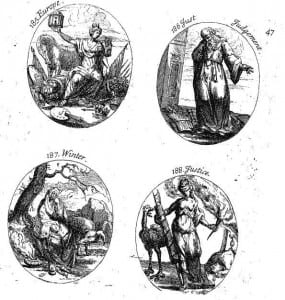

Caesare Ripa, “Justice” and “Injustice,” Iconologia, 1593

Cesáre Giglio, Les Juges aux Mains Coupées, c. 1604
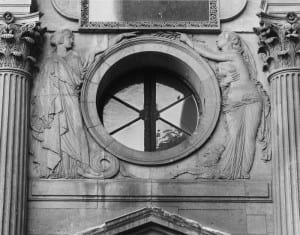
“Justice and Mercy,” Louve,

British Coronation Regalia, “Curtana,” blunted sword

Glynn Acree, “Justice Tempered by Mercy,” Cumberland School of Law
